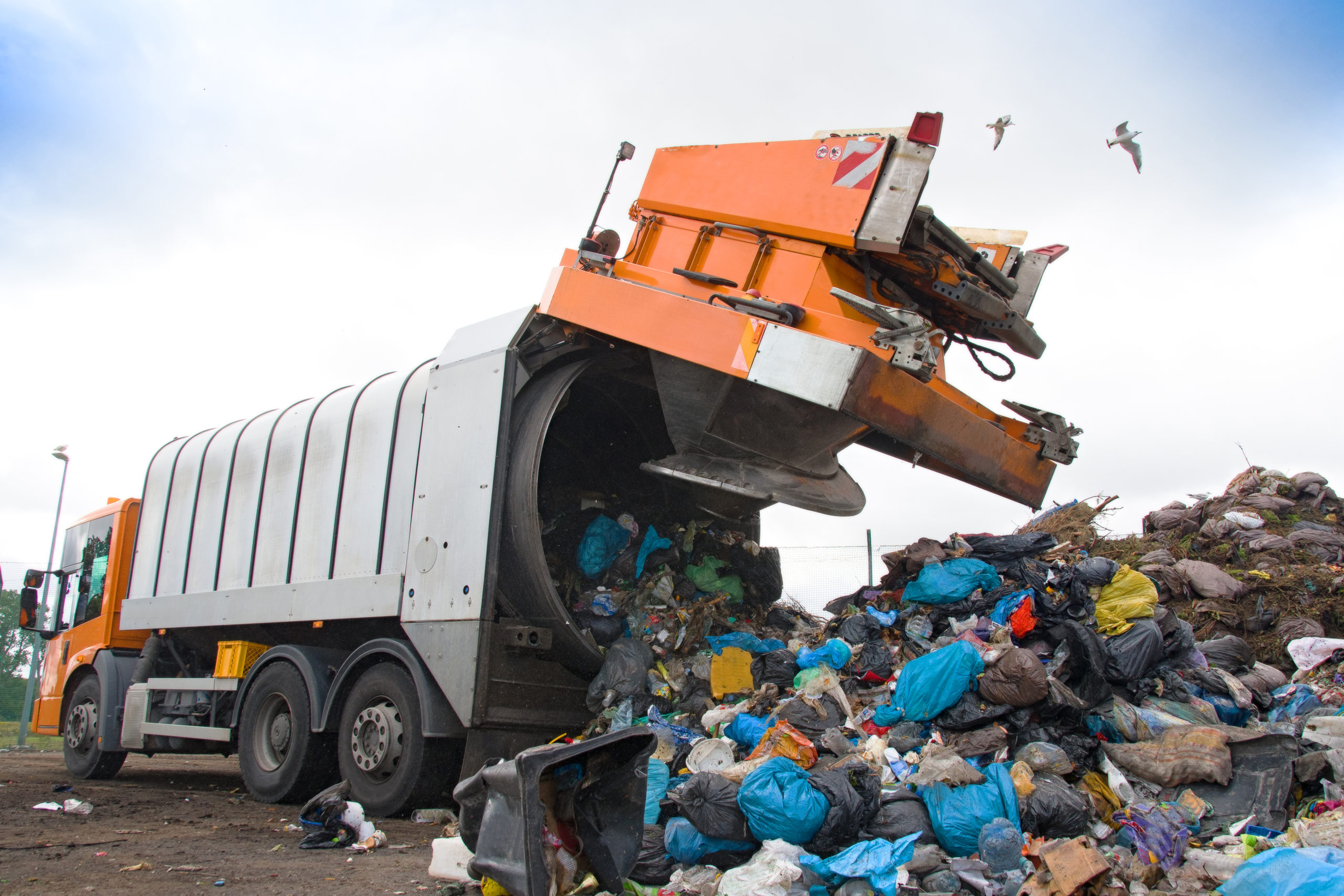
Trash Talking: 2022 Landfill Stats and How Compactors Can Help
Are trash compactors worth it? Let’s find out.
Most Americans would be surprised to learn that the average person generates about 4.6 pounds of trash every day, and that figure is only increasing. Even more troubling is that only about 34% of this waste is recycled. The rest goes to landfills, which are already overflowing and expected to reach capacity by 2022.
Compactors can help alleviate this problem by compacting garbage so that more of it fits into a smaller space. This not only reduces the amount of waste going to landfills but also reduces the costs associated with garbage disposal. If your company or industry produces a lot of waste, investing in a compactor may be the answer to your trash problems.
In 2022, the U.S. is expected to generate about 262 million tons of trash
Estimates suggest that the United States is on track to produce 262 million tons of trash next year alone. With so much waste being created, it’s clear that reusing and recycling are essential — but are they enough? As it turns out, there’s another way to help reduce the amount of trash produced in the country: trash compactors.
Trash compactors are designed to reduce the size and volume of waste, making it easier to transport and dispose of correctly. This process helps to save space, eliminate bulkiness, and reduce transportation costs, among other benefits. While trash compactors require upfront costs and are not suitable for all types of trash, their ability to mitigate huge volumes of waste makes them worth exploring as a potential solution for helping significantly minimize the amount of U.S. garbage in 2022 and beyond.
By utilizing trash compactors and focusing on reusing or recycling what we must throw away, we can work together towards minimizing the U.S.’s carbon footprint while staying green! Let’s take advantage of this opportunity now before it’s too late! After all, reducing our garbage means a healthier environment tomorrow.
But we’re not done with the statistics yet. Let’s get deeper…
262 million tons of trash is enough to fill up nearly 1,300 football stadiums
When we imagine the massive amount of trash generated in our country every year, our minds can hardly take it in. 262 million tons – while a statistic on paper may not be immediately recognizable to many, the comparison of this amount to nearly 1,300 filled football stadiums surely brings drastic visuals. But what do these numbers really mean? This is enough waste to bury nearly 4 Goodyear Blimp-sized aircrafts every day! It is like a 10-story building made of trash every week.
The sheer scale and rate of disposal are dizzying, and it’s important to remember when looking at these numbers that most of this stuff still exists somewhere – likely in a landfill or as debris in ecosystems. We must do better if we want to reduce the staggering amount of litter that accumulates over time.
36% of all plastic produced is used to create packaging, 85% of which ends up in landfills.
Plastic is one of the most durable and widely used substances in everyday life, yet it is also one of the world’s biggest problems. Although some plastics can be recycled, most of it ends up in landfills or polluting our oceans. The biggest sources of plastic in American daily life are consumer packaging and single-use plastics, such as plastic bags or bottles.
It makes you wonder what happens when a landfill reaches its capacity. It’s a real fear – the US is on pace to run out of room in landfills within 18 years, potentially creating an environmental disaster.
When landfills run out of space, garbage must be disposed of elsewhere. This often means trucking it across states, exporting it overseas, or worse – burning it. Not only are these methods expensive and environmentally destructive, but they are also unsustainable long-term solutions as landfills are quickly filling up. The other alternative is creating more landfills – not ideal, as this is expensive and pollutes the surrounding air and water. Plus, nobody wants to live near a landfill.
This is why looking at trash compaction solutions should be seriously considered when it comes to reducing the mountain of garbage produced in the United States each year. Trash compactors are able to reduce the volume of waste significantly, making it easier to transport and store correctly. This process helps save
The US produces an average of more than 1,700 pounds of food, plastic, and hazardous waste per person. At that rate, 5% of the world’s population generates 40% of the world’s waste.
The United States is a heavy contributor to the global waste epidemic. With just 5% of the population, the US produces 40% of all global waste—an alarming statistic that must be addressed if we are to reduce our environmental impact.
With the amount of trash generated in our country each year, are trash compactors worth it? On the surface, the initial cost of a compactor may seem daunting. But when considering all of the benefits that come with investing in one — like space savings, waste reduction and cost-efficiency — it’s clear that they are not only worth it, but are becoming increasingly necessary. This solution can help reduce the amount of waste produced in our country and ensure a healthier environment for all.
How to Reduce the Amount of Trash You Create
Reducing the amount of trash you create can be very simple.
- Start by avoiding single-use plastics and finding more sustainable solutions such as reusable bags, water bottles, reusable grocery bags, and containers.
- Opt for buying in bulk or shopping secondhand to reduce packaging waste.
- Compost your food scraps.
- Finally, investing in a trash compactor will help you make the most of your trash space and reduce the amount of waste that ends up in landfills.
Overall, are trash compactors worth it? Absolutely! This solution can save space and money, and reduce the amount of waste generated each year. Investing in a compactor is a great way to do your part in staying green and taking action for a healthier environment. By reducing our garbage, we are doing our part and creating a better tomorrow for everyone.
By considering these facts about waste production and investing in solutions like trash compactors, we are taking steps towards preserving Earth’s resources and staving off the effects of climate change. Taking action now is essential in ensuring a healthy future for generations to come.
For more ideas on how you can reduce your trash output, visit our blog for tips and tricks!
Contents
- In 2022, the U.S. is expected to generate about 262 million tons of trash
- 262 million tons of trash is enough to fill up nearly 1,300 football stadiums
- 36% of all plastic produced is used to create packaging, 85% of which ends up in landfills.
- The US produces an average of more than 1,700 pounds of food, plastic, and hazardous waste per person. At that rate, 5% of the world’s population generates 40% of the world’s waste.
- How to Reduce the Amount of Trash You Create
